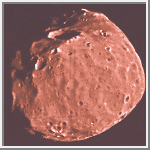You might also be interested in:

What types of instructional experiences help K-8 students learn science with understanding? What do science educators teachers, teacher leaders, science specialists, professional development staff, curriculum designers, school administrators need to know to create and support such experiences?
...more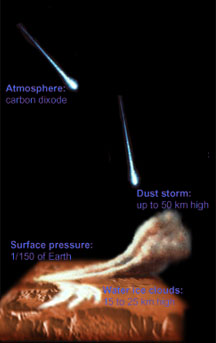
The atmosphere of Mars is much thinner than that of Earth, with a surface pressure averaging 1/100th that at the surface of the Earth. Surface temperatures range from -113oC at the winter pole to 0oC
...more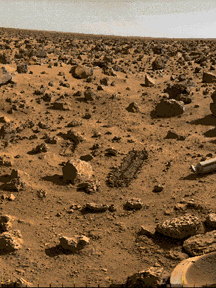
The uniquely red global surface of Mars is marked by many interesting features - some like those on the Earth and others strangely different. The reddish color is caused by rust (iron oxide) in the soil.
...more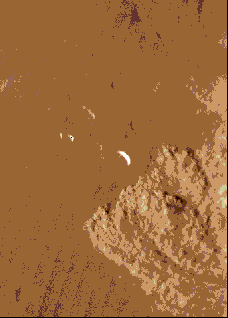
This image shows a local dust storm near the edge of the south polar cap. Viewing of this image at high resolution is recommended. This fascinating image shows dust swirling over a large area. Martian
...more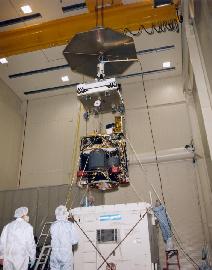
The Mars '98 mission was made of two spacecraft called the Mars Climate Orbiter and the Mars Polar Lander. The Orbiter was going to orbit Mars and search for water. The Lander was supposed to land near
...more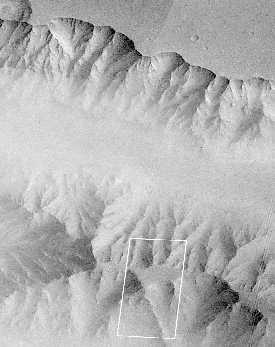
The mission of Mars Global Surveyor (MGS for short) is to map the surface of Mars from space. MGS is also looking at the atmosphere of Mars and the weather of Mars. MGS and the Mars Pathfinder (MPF for
...more
Mars Observer, also called MO for short, was sent to observe the weather, the magnetic field, and the surface of Mars. It carried 8 different instruments. But, MO failed on August 21, 1993. There was a
...more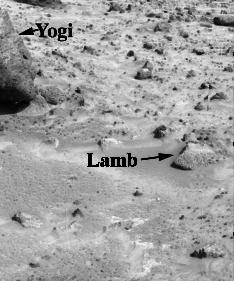
The small, round rock shown here was named The Lamb. Soils found around the Lamb by Mars Pathfinder's Rover were unique. They seem to be made of a special sort of iron which requires more water than is
...more
